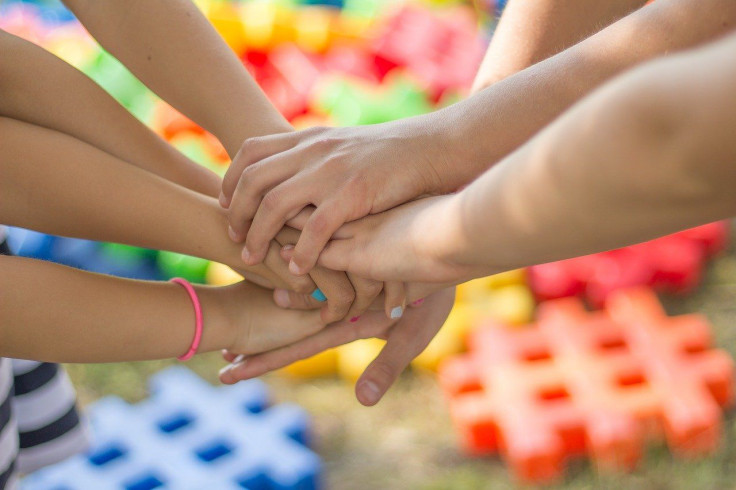If A Family Member Has Coronavirus, Here's How To Keep Others Safe

America has entered the next week in its struggle against a coronavirus pandemic that has killed more than 2,500 people, infecting more than 143,000 others. The latest increase in numbers has prompted President Donald Trump to extend social distancing and self-isolation measures until at least the end of April.
“The peak in death rate is likely to hit in two weeks,” Trump said at a briefing Sunday. “Nothing would be worse than declaring victory before the victory is won.” He estimated that by June 1, “we will be well on our way to recovery."
The global death count neared 34,000 late Sunday, with more than 722,000 confirmed cases. With the increase in confirmed cases, several countries are facing issues due to the scarcity of hospital beds and medical staff to attend to those infected by the virus. In these tough times, it is necessary for people to learn the basics about how to protect themselves and their loved ones from getting infected by COVID-19.
Effective social distancing is at the heart of prevention, along with vigilant hand hygiene by washing hands, disinfecting “high-touch surfaces,” and staying away from sick people. However, there are chances that someone might not be able to distance themselves from an infected person if they are a family member. In such situations, it is necessary to create an "isolation zone."
This "isolation zone" is required if a family member or someone you live with is diagnosed with or suspected of having COVID-19 and needs to be taken care of at home. Here are some things to consider when creating an “isolation zone” in your home:
1. Designate a separate room where you can close the door, if possible. In case of shortage of space, at least 6 feet must be maintained between the sick person and other people at home.
2. It is best if those who are sick use a separate bathroom. If that's not available, the sick person should clean the bathroom after each use. Others in the home should try to let the bathroom “air out” for at least 30 minutes before using it again. It is necessary for everyone using a bathroom to close the toilet lid when flushing to limit viral particles in stool from hanging out in the air.
3. Any shared space in the house must have good airflow. Air filters and air purifiers can also be helpful in these situations. Humidifying the air can also be helpful because viruses live longer at lower humidity. Setting the humidity to between 40-60 percent is ideal.
4. The sick family member should wear a facemask when they are around other people. Caretakers can use one too when within 6 feet of a sick person. If a facemask is not available, limit time in close contact to less than 15 minutes and disinfect all surfaces that the sick person has come in contact with.
5. Avoid sharing household items like dishes, cups, utensils, towels, bedding, or other items.
6. Don’t allow the sick family member to interact with or care for any pets in the home.
7. Clean all “high-touch” surfaces, such as counters, tabletops, doorknobs, bathroom fixtures, toilets, phones, keyboards, tablets, and bedside tables, every day.
8. Wash laundry thoroughly. If you can, wear disposable gloves while handling soiled items and keep soiled items away from your body.
9. Place all used disposable gloves, facemasks, and other contaminated items in a bag before disposing them.
10. Make sure to monitor symptoms and call the healthcare team immediately if the health of the person worsens.



























